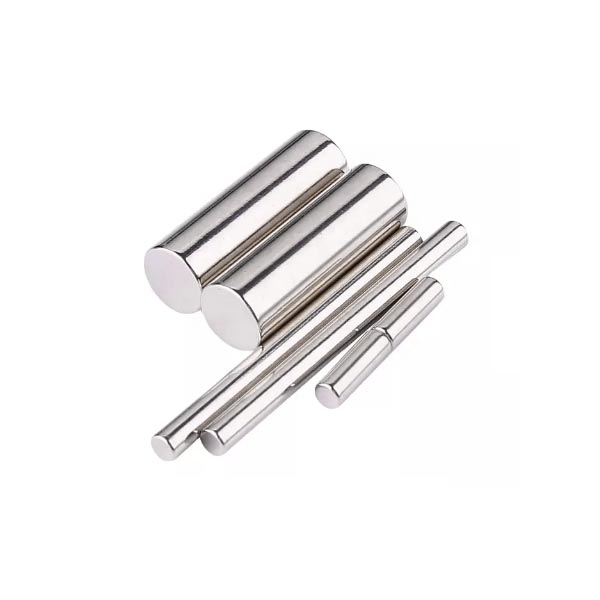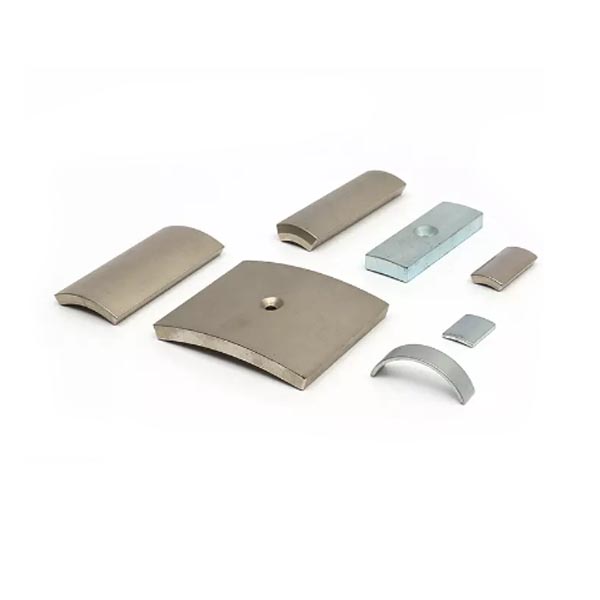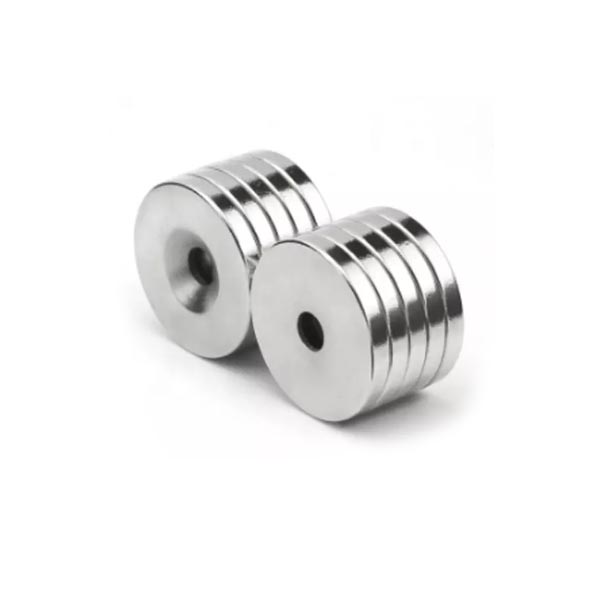Gaussian NdFeB magnets, short for Neodymium Iron Boron magnets with a Gaussian distribution, represent a cutting-edge advancement in magnet technology. Renowned for their exceptional strength and precision, Gaussian NdFeB magnets have found applications in a wide array of industries. This comprehensive guide explores the properties, manufacturing processes, applications, and future prospects of these powerful magnets.
1. Understanding Gaussian NdFeB Magnets:
Gaussian NdFeB magnets are a subtype of neodymium magnets, which are the strongest commercially available magnets. The "Gaussian" designation refers to the advanced manufacturing techniques employed to achieve a more uniform and controlled magnetic field distribution within the magnet, enhancing its overall performance and reliability.
2. Composition and Properties:
Gaussian NdFeB magnets are composed primarily of neodymium, iron, and boron. This unique combination results in a magnet with exceptional magnetic strength and high resistance to demagnetization. The Gaussian distribution of the magnetic field ensures a more consistent and predictable performance across different applications.
3. Manufacturing Process:
The manufacturing process of Gaussian NdFeB magnets involves several intricate steps. It typically begins with the alloying of neodymium, iron, and boron in precise proportions. The alloy is then subjected to a multi-step process, including melting, solidification, and heat treatment to achieve the desired magnetic properties. Advanced machining techniques, such as precision grinding and slicing, are employed to create magnets with tight tolerances and specific shapes.
4. Applications Across Industries:
Gaussian NdFeB magnets find applications in a multitude of industries, thanks to their exceptional magnetic strength and precision. Some common applications include:
Electronics: Used in high-performance speakers, hard disk drives, and magnetic sensors.
Automotive: Found in electric vehicle motors, sensors, and various electronic components.
Medical Devices: Utilized in magnetic resonance imaging (MRI) machines, magnetic therapy devices, and diagnostic equipment.
Renewable Energy: Employed in generators for wind turbines and various components of electric power systems.
Aerospace: Used in actuators, sensors, and other critical components due to their lightweight and compact design.
5. Magnetic Field Distribution:
The Gaussian distribution of the magnetic field in these magnets ensures a more uniform performance across the magnet's surface. This feature is particularly crucial in applications where precise and consistent magnetic fields are required, such as in sensors, actuators, and magnetic resonance imaging devices.
6. Challenges and Future Developments:
While Gaussian NdFeB magnets offer exceptional performance, challenges such as cost, resource availability, and environmental impact remain. Ongoing research focuses on developing more sustainable manufacturing processes, exploring alternative materials, and optimizing magnet designs for increased efficiency.
7. Considerations for Use:
When working with Gaussian NdFeB magnets, it's essential to consider factors such as temperature sensitivity, susceptibility to corrosion, and potential safety hazards due to their strong magnetic fields. Proper handling, storage, and maintenance practices are crucial to ensuring the longevity and effectiveness of these magnets.
Gaussian NdFeB magnets stand at the forefront of magnet technology, offering unparalleled strength and precision. As advancements in manufacturing processes and applications continue, these magnets are likely to play an increasingly pivotal role in shaping the future of industries ranging from electronics to renewable energy. Understanding their properties, applications, and considerations for use is essential for harnessing the full potential of Gaussian NdFeB magnets in diverse technological landscapes. If you want to see What Is the Difference Between Magnets Attracting and Repelling? You can click this page.
Your Custom Neodymium Magnets Project
We can offer the OEM/ODM services of our products. The product can be customized according to your personalized requirements, including the size, Shape, performance, and coating. please offer your design documents or tell us your ideas and our R&D team will do the rest.
Post time: Feb-01-2024







